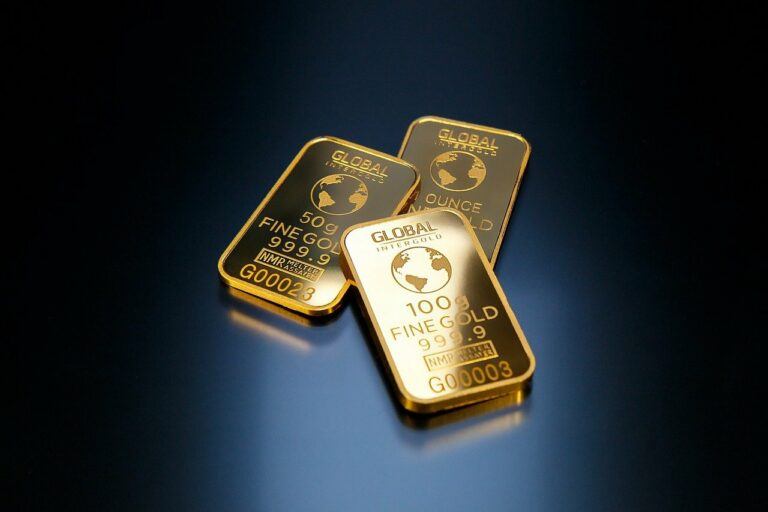Gold prices surged to near-record highs this week as investors braced for a potentially contentious US presidential election, with polls showing a tight race and uncertainty over the outcome fueling demand for the precious metal as a safe haven asset.
Central banks, some of the heaviest gold buyers, have further increased their purchases in recent months, which contributed to the precious metal’s performance. Year-to-date, gold prices are up nearly 30% as investors are moving to protect their portfolios against potential market volatility.
Analysts at UBS Group led by the banks global wealth management chief investment officer Mark Haefele, as Bloomberg reported, anticipate increased uncertainty and volatility leading up to the election and suggested gold and oil as “effective portfolio hedges” in such an environment.
While Trump’s trade policies could support the dollar in the short term, a prolonged trade war could also weigh on global risk sentiment, further benefiting the greenback.
Despite the potential headwinds from a stronger dollar and higher interest rates, gold has continued its upward trajectory as many investors believe that the Fed’s eventual pivot to looser monetary policy and a slowing US economy will fuel further gains for the precious metal.
According to a recent survey of the industry, gold is expected to reach new record highs over the next year, with delegates at the London Bullion Market Association event in Miami forecasting prices to climb to $2,917.40 an ounce by late October 2025.
Gold, as reported, has been seeing “historically high demand” that means it’s on track to have its best annual return since 1979, to currently trade near $2,670 per ounce.
Notably, Societe Generale has shifted 100% of its commodity allocation to gold, driven by geopolitical risks and a weakening broader commodity market.
The French bank increased its gold holdings to 7% of its total asset allocation, reflecting a 40% quarter-over-quarter rise. This pivot toward gold signals growing confidence in the yellow metal as a safe-haven asset amid ongoing uncertainties in global markets.
Featured Image via Pixabay.









